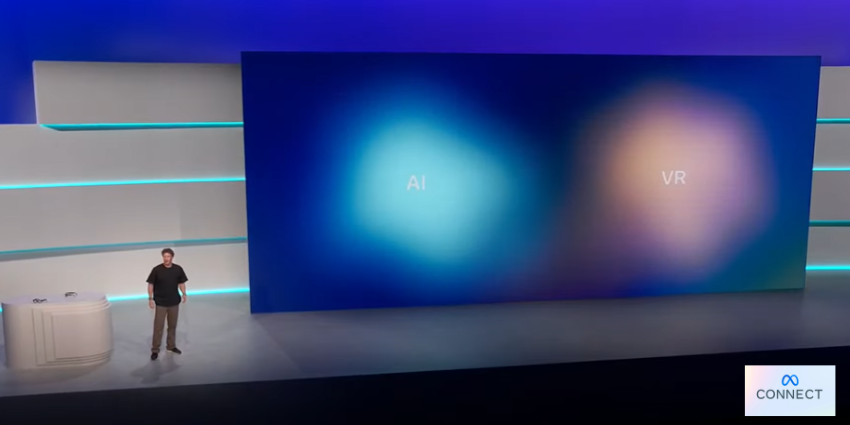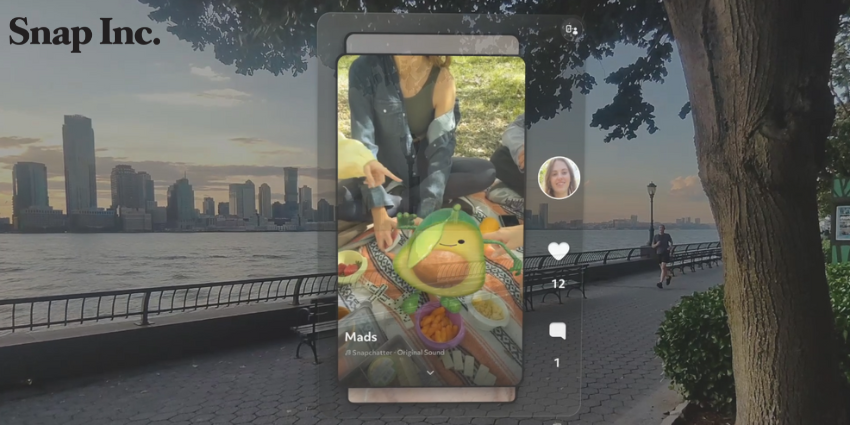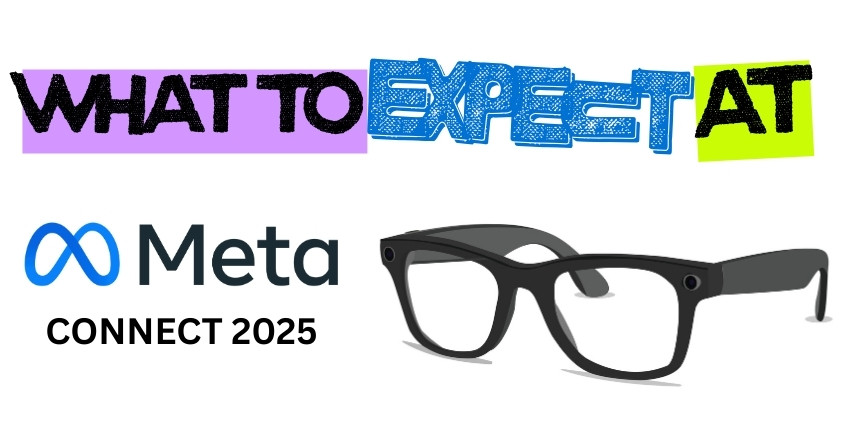Ever since the release of ARKit back in 2017, the world has been waiting with bated breath to see what innovations Apple will bring to the AR smart glasses market.
While we still have no specific release date in place, word on the grapevine is that the tech giant plans to unveil its first augmented reality wearables this year to compete with rivals Facebook and Microsoft. But what exactly does Apple have planned for the road ahead?
“Unspecified AR Device”
In proper Apple form, details of the launch have been kept well under wraps, but a report from the reputable Apple tech analyst, Ming-Chi Kuo, on the MacRumours forum confirms that something big is on the way.
According to Kuo, Apple is currently planning to release its long-awaited AirTags item trackers in preparation for another upcoming release of an “unspecified AR device” in 2021. These AirTags will allow users to tag items like keys, wallets, and other personal belongings that often go missing around the house at the worst possible moment.
Jon Prosser, the renowned Apple “Leaker” with an 80% accurate prediction rate, has also gone on record stating he believes the company will unveil its smartglasses in March 2021 and most likely release them for sale later on in the year.
Is 2021 The Year of AR Wearables?
While Virtual Reality made the headlines at the back end of 2020, mainly due to the release of Facebook’s game-changing Oculus Quest 2 standalone VR headset, many sources suggest that 2021 could be the year when AR wearables start to shine.
In Q3 Last year, extended reality hardware market leaders Facebook launched Project Aria, a wearables research project designed to help developers build the software and hardware necessary for future AR devices. As well as capturing the wearer’s video, audio, eye tracking, and location information, the Project Aria glasses’ on-device computing power will also encrypt and store data to help researchers figure out how AR can work in the real world.
Though there’s still no official release date for Facebook’s commercial AR glasses, Mark Zuckerberg told TechCrunch he expects the company’s upcoming collaboration with Luxottica/Ray-Ban to arrive at some time this year.
Microsoft has also secured its position in the AR marketplace by powering the new Lenovo ThinkReality A3 AR headset announced at CES2021 last week. Much like Google Glass for Enterprise 2, the ThinkReality A3 was explicitly built for enterprise-use, giving us a good idea of the direction Microsoft’s is taking with its augmented reality smart glasses strategy.
What can we expect from Apple Glass?
Though we can only speculate at this moment in time, a commonly shared opinion on the MacRumours forum is that the device will feature a powerful 8K display resolution for each eye. Reports also claim the smart glasses will be untethered from both computer and smartphone, connecting instead to a “dedicated box” using a high-speed short-range wireless technology called 60GHz WiGig.
However, perhaps the most surprising rumor we’ve heard about Apple Glass to date revolves around its price point. According to Apple “Leaker” Jon Prosser, the Apple Glass AR headsets will sell for around $499, significantly cheaper than the flagship products currently offered by leading AR headset developers Google (Enterprise for Glass 2 – $999) and Vuzix (M4000 – $2490).
Needless to say, while the exact details of Apple Glass remain unclear, one thing we can be sure of is that the AR wearables marketplace will grow significantly over the next 12 months. Allied Market Research has already predicted the smart glass market (valued at $2.3 million in 2015) will reach $8.7 million by 2022 – and we’re confident Apple Glass will be responsible for a significant percentage of that growth.







